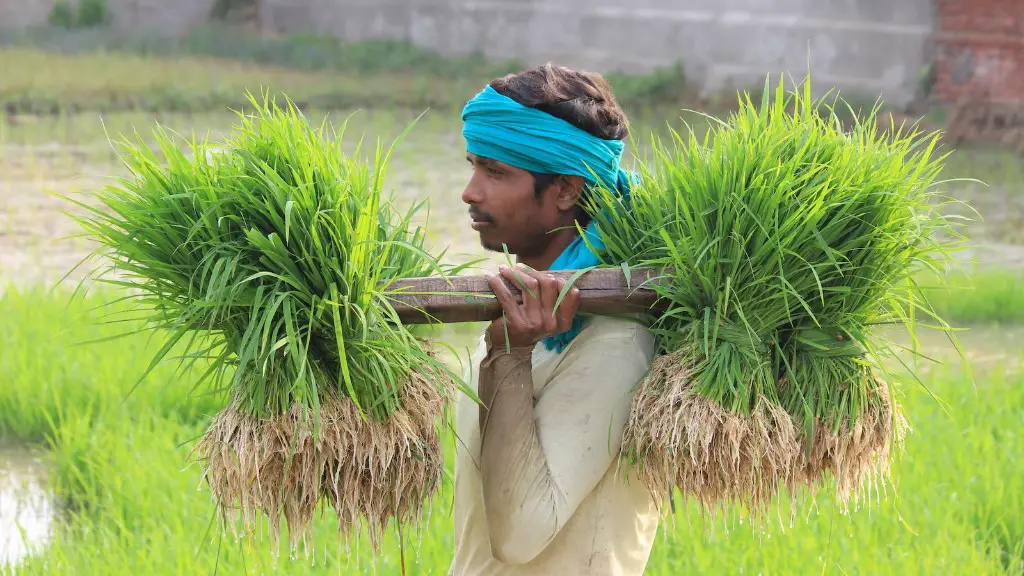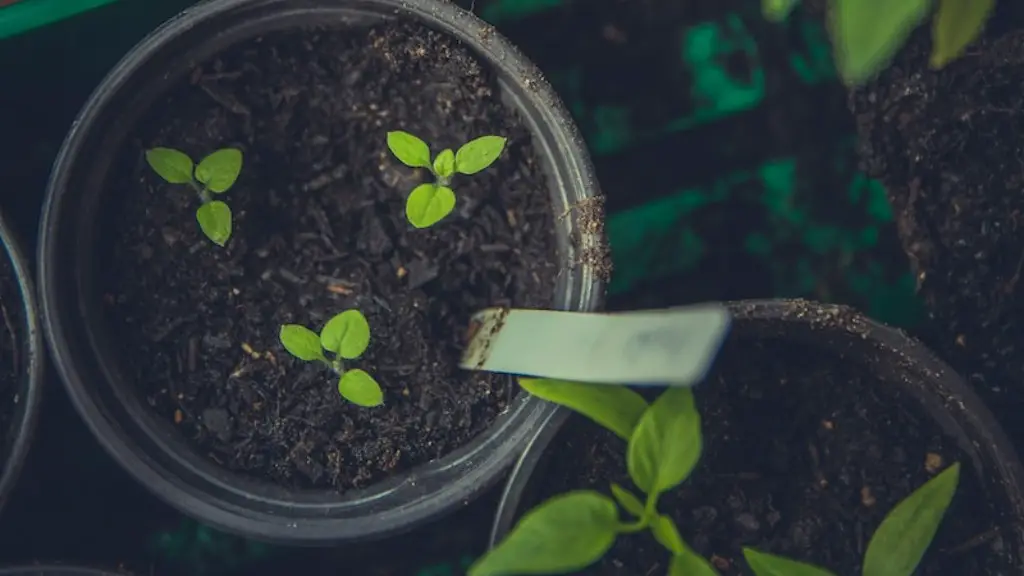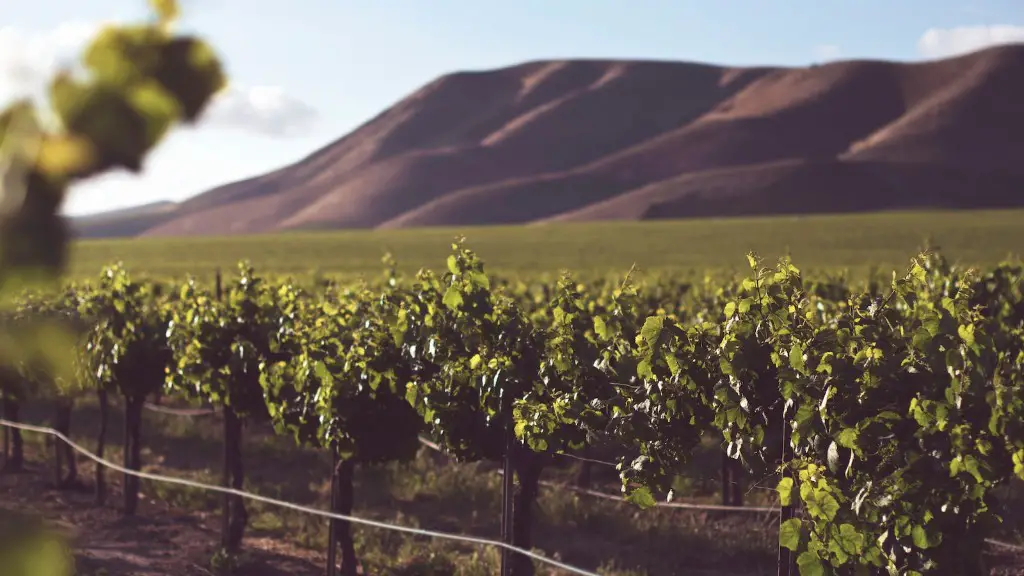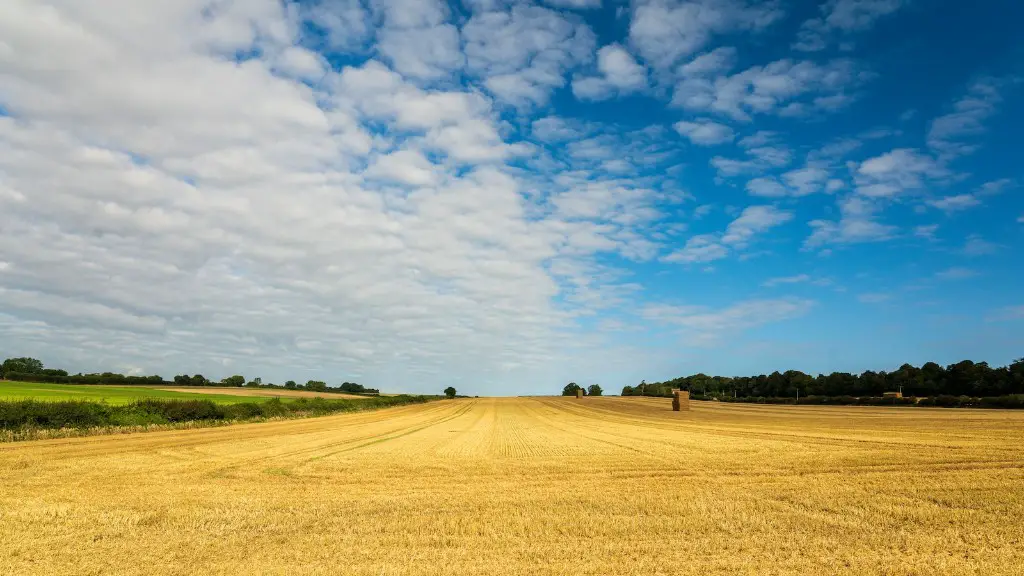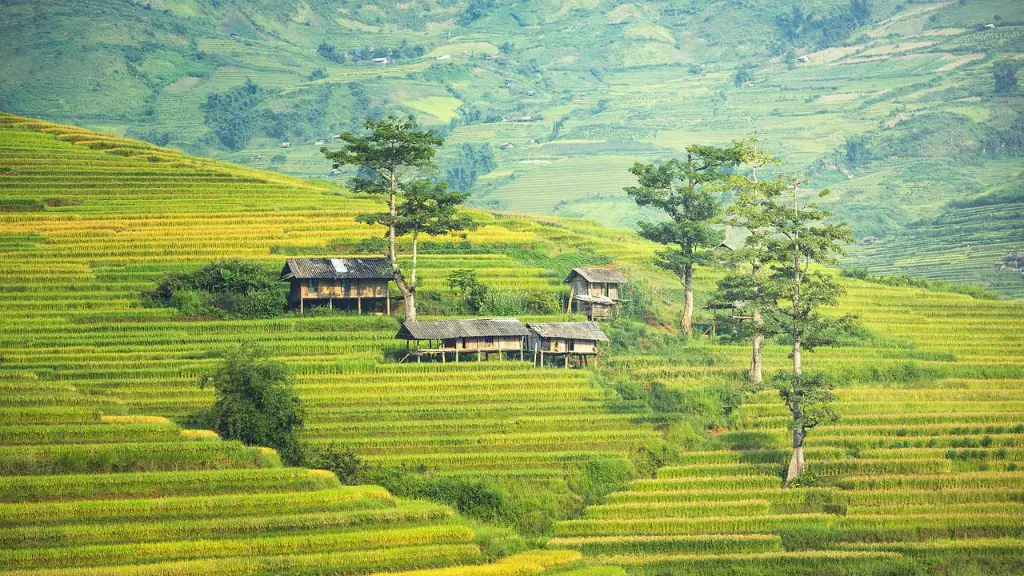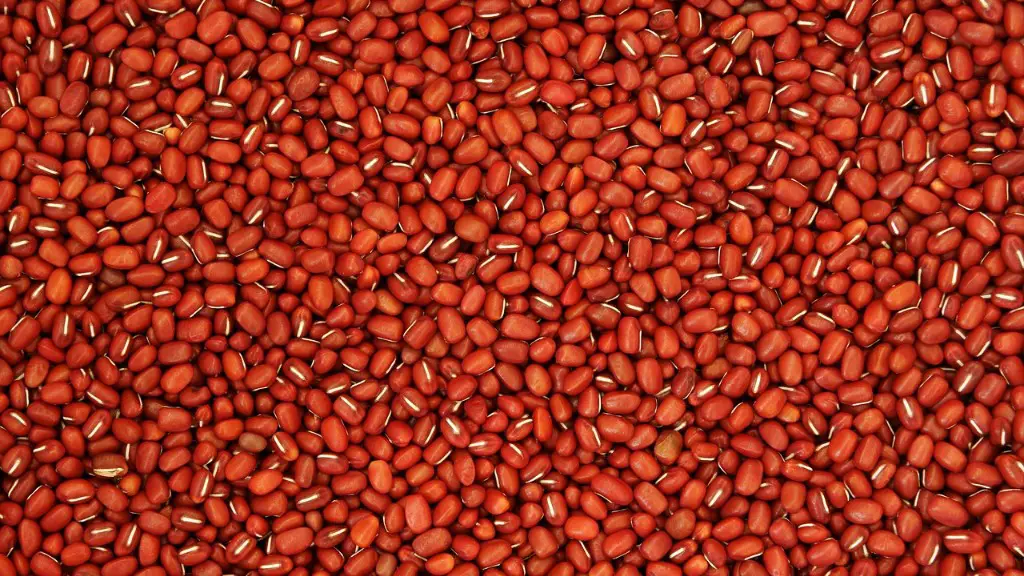Tiling is an agricultural practice that aids water drainage, boosts crop yield, and can fix soil compaction. It entails the installation of pipes or ditches in the farm’s field to allow runoff water from the land to reach waterways. Tiling is essential for plants since it removes excess water that washes away the plants; it helps farmers adjust water tables for the best results. It also adds to fertility by improving water availability in crops and its root system. Furthermore, tiling reduces soil compaction, enhances root development, and retains more water in the field.
Tiling depends mainly on the landscape, soils, and how the crop is being utilized. For instance, if you are growing a crop that has significant yield potential, you may want to tile more than one acre. It is also essential to determine the width and depth of the tile lines and the spacing. When it comes to tile lines width, the general rule of thumb is that the larger the tile width, the greater the water capacity and the fewer the lines.
Determining which pipes to construct depends on the farm’s soil type: clay soils require relatively high-grade tiles, sandy soiled farms require a shallow, high-density line, whileloam soils can cope with any standard tile. Moreover, the size of the farm and the slopes will greatly affect the design. The deeper pipelines should be used in flat fields and hilly terrain.
Tiling not only contributes to water drainage but can also be used in controlling weeds. If farmers want to utilize tiling for weed control, they must first properly design and install a wide range of piping networks. Moreover, besides tiling for the improvement of soil, farmers can optimize production through the use of cover crops, grass waterways, shallow channels, and vegetation strips that have been proved to have great impacts in controlling soil erosion, weeds, and crop pests.
The cost of tiling depends on the local rate for materials and labor. The cost for drain tiling projects is made of three main variables: the land being tiled, the type of material beingused, and the site. Overall, tiling is an essential part of farming as it helps farmers manage their crops, enhance crop productivity, and reduce crop losses..
Tiling Benefits
Tiling is beneficial to farmers in many ways, beyond just improving the drainage of their soil. Tiling can help soils retain more water and reduce soil compaction, and these factors can result in a range of benefits, such as higher yields, higher profits, and improved soil quality. In addition, tiling can reduce weed pressures, decrease soil erosion, and control pests.
Tiling increases the plant root size and backbone. This, in turn, leads to stronger plants that have a higher tolerance to adverse environmental conditions, such as drought stress, leading to improved yields. In addition, tiling helps improve soil fertility, since it adds nutrients to the soil.[2] This leads to a healthier soil, which in turn, can contribute to the production of higher yields.
Tiling can also help reduce the pressure of weeds on fields. The deeper roots that are created through tiling act as a barrier for weed growth. This helps to reduce the potential for weed infestations in the field, and as a result, farmers do not have to rely as heavily on herbicides and other weed control methods.
Finally, tiling can help to control soil erosion, which can cause areas of a field to become barren. The tiling will act as a buffer to slow the flow of water and therefore reduce the amount of erosion that occurs. This is especially important in areas that are prone to frequent rain or heavy downpours.[3]
Limitations and Challenges of Tiling
Despite the various benefits of tiling, there are limitations and challenges. The first is that tiling can be expensive, since it requires a significant upfront investment. Furthermore, tiling can take time to fully realize the benefits since it may take some time for the soil to develop a greater water-holding capacity.
Additionally, tiling does not always provide uniform results, meaning that some areas may see improved results, while other areas may see little or no improvement. This is largely dependent on the soil type, as some soils may be more resistant to the benefits of tiling.
Furthermore, tiling is not suitable for all agricultural operations, particularly in areas where farmers are unable to invest in the infrastructure needed to install tiling systems. It is also not a suitable solution for areas where the soil is not suitable for tiling. Therefore, it is important to consider the soil contexts of a farm before investing in tiling.
Finally, while tiling can reduce weed pressure, it can also increase the pressure of certain pests. This is because tile-lined fields can provide an environment that is ideal for certain pests that prey on dormant crops. Therefore, farmers must be careful to evaluate the potential pest pressures of a tiled field prior to making the investment.
Advantages of Long-Term Tiling Practice
In addition to the short-term benefits of tiling, there are also long-term advantages. The first is that tiled fields tend to have higher yields since the water retention capacity of the soil should improve the health of crops that rely on the water. This can ultimately lead to a more profitable harvest.
Furthermore, tiling can help to improve the fertility of the soil over the long term. This is because the deeper-rooted plants that are created through tiling help to improve the soil structure by breaking up compaction, improving water penetration, and increasing organic matter levels. As a result, the soil can become more fertile and capable of producing higher yields.
Finally, tiling can also help to reduce the risk of flooding. Tiled fields tend to absorb more water and therefore can reduce the pressure that would otherwise be felt from flooding rain. This can help reduce crop damage and increase the safety of people living in close proximity to tiled fields.
Environmental Impacts
In spite of the many benefits of tiling, there are some potential environmental impacts. The most significant impact is the potential for water pollution, which is caused by the runoff of fertilizers and pesticides that can be pushed out of the soil by tiling. This can lead to contamination of waterways and other water sources, which can be harmful to the environment. Furthermore, this type of contamination can also be highly detrimental to people who rely on the water sources for drinking and other activities.
Tiling can also reduce the levels of carbon sequestration in fields. Since tiling provides an artificial drainage system, it reduces the interception of carbon dioxide into soil, leading to an overall decrease in carbon retention in the soil. This, in turn, can lead to an increased rate of climate change since there is less carbon dioxide being removed from the atmosphere.[4]
The installation of tiling also requires substantial upfront costs, which can be a barrier for some farmers and lead to inequitable access to this technological advancement. For example, some small-scale or resource-poor farmers may find it difficult to access tiling technologies due to the cost. Furthermore, the pipe materials used for tiling can be a source of pollution if not properly disposed of, leading to impacts on the environment.
Conclusion
Overall, tiling is a beneficial agricultural practice that can help to improve crop yields, reduce weed pressures, and reduce soil erosion. However, it is important to consider the potential costs and environmental impacts before investing in a tiling project. Tiling can be expensive and can lead to water pollution and reduced carbon sequestration levels. Nonetheless, done properly and in accordance with the existing soil and climate conditions, tiling can be an effective solution for boosting agricultural productivity.
